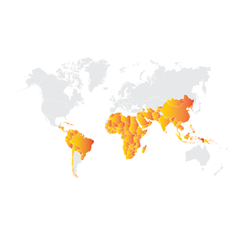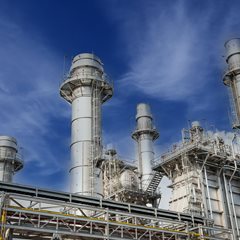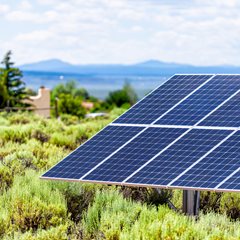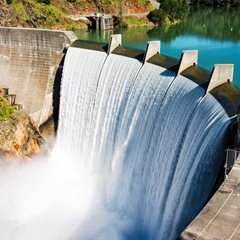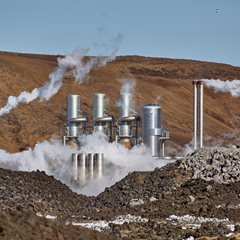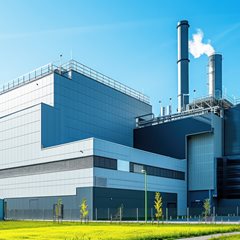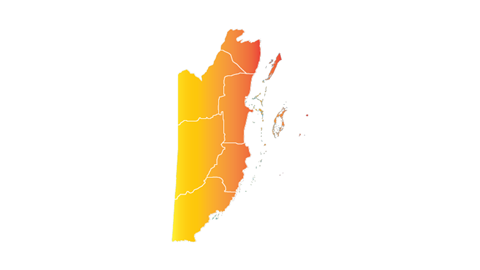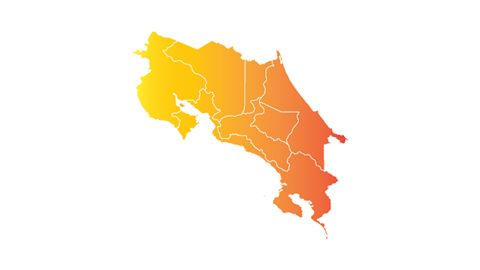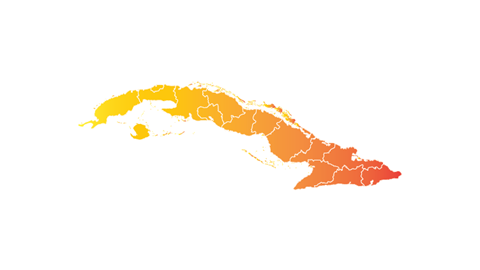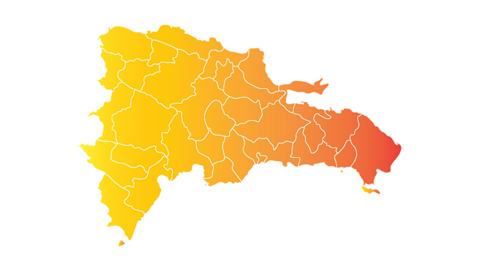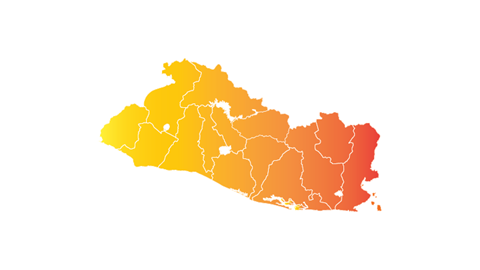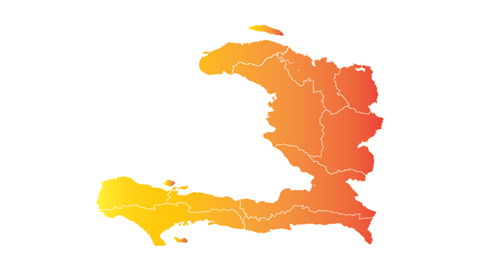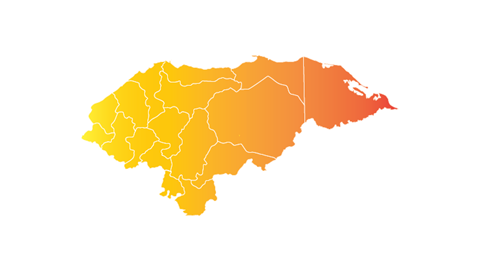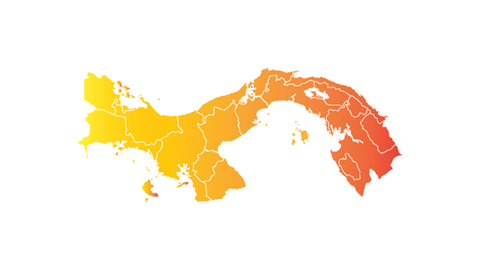Nicaragua
Critical minerals, policy, and the energy transition
The Energy Transition in Nicaragua
Nicaragua’s energy transition has gained regional recognition for its high share of renewable energy in electricity generation, driven by strong political will to reduce fossil fuel dependence and improve energy security. Over 60% of the country’s electricity is produced from renewable sources, including geothermal, hydropower, wind, solar PV, and biomass. The National Energy Policy and Electricity Industry Law (Ley de la Industria Eléctrica) guide energy planning, investment, and diversification, with targets to further expand renewables and promote rural electrification. Geothermal energy, particularly from the Momotombo and San Jacinto-Tizate fields, forms a core component of Nicaragua’s baseload power strategy, providing stable and low-emission energy. Although Nicaragua has an active mining sector, primarily producing gold and silver, it does not produce lithium, cobalt, nickel, or rare earth elements, relying instead on imports for these critical minerals required for renewable technologies and battery storage systems. Key challenges include political instability, social conflicts around large hydropower and mining projects, and vulnerability to climate-related disasters. Nevertheless, Nicaragua’s abundant renewable resources, geothermal leadership, and regional interconnection via SIEPAC offer a strong platform to advance its energy transition, enhance energy resilience, and support sustainable development.
Latest news and insights
Stay ahead in the energy transition with SFA (Oxford)’s cutting-edge insights into how geothermal potential, ESG dynamics, and geopolitical factors are influencing Nicaragua’s energy development and regional engagement.

Critical minerals could make the next outage permanent
18 November 2025 | Jamie Underwood, Ismet Soyocak
Cloudflare’s outage disrupted 20% of global web traffic, spotlighting the internet’s vulnerability to centralised systems, and the critical minerals powering them.
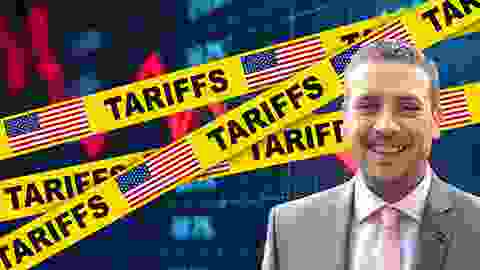
Declaring a US Trade Emergency
3 April 2025 | Jamie Underwood
The US declared a trade emergency, imposing sweeping tariffs, rare exemptions, and bold legal moves. What triggered it, and what will happen next?
Annex-I: Adjusted US Reciprocal Tariffs Country List
2 April 2025 | White House
Nicaragua's international economic, trade, and security alliances
Nicaragua's energy and power mix
The journey of Central America and The Caribbean's critical minerals
Central America's progress in renewable energy is anchored on essential minerals like lithium, nickel, cobalt, PGMs, rare earths, and minor metals. These are crucial for advancing low carbon and future technologies, backed by policies promoting sustainable mining and innovation. This strategy emphasizes the significance of these minerals in paving the way toward a sustainable and energy-secure future. Learn how these critical minerals are fundamental to Central America's transition to sustainable energy.




Meet the Critical Minerals team
Trusted advice from a dedicated team of experts.

Henk de Hoop
Chief Executive Officer

Beresford Clarke
Managing Director: Technical & Research

Jamie Underwood
Principal Consultant

Dr Jenny Watts
Critical Minerals Technologies Expert

Ismet Soyocak
ESG & Critical Minerals Lead

Thomas Shann Mills
Senior Machine Learning Engineer

Rj Coetzee
Senior Market Analyst: Battery Materials and Technologies

Franklin Avery
Commodity Analyst

How can we help you?
SFA (Oxford) provides bespoke, independent intelligence on the strategic metal markets, specifically tailored to your needs. To find out more about what we can offer you, please contact us.


